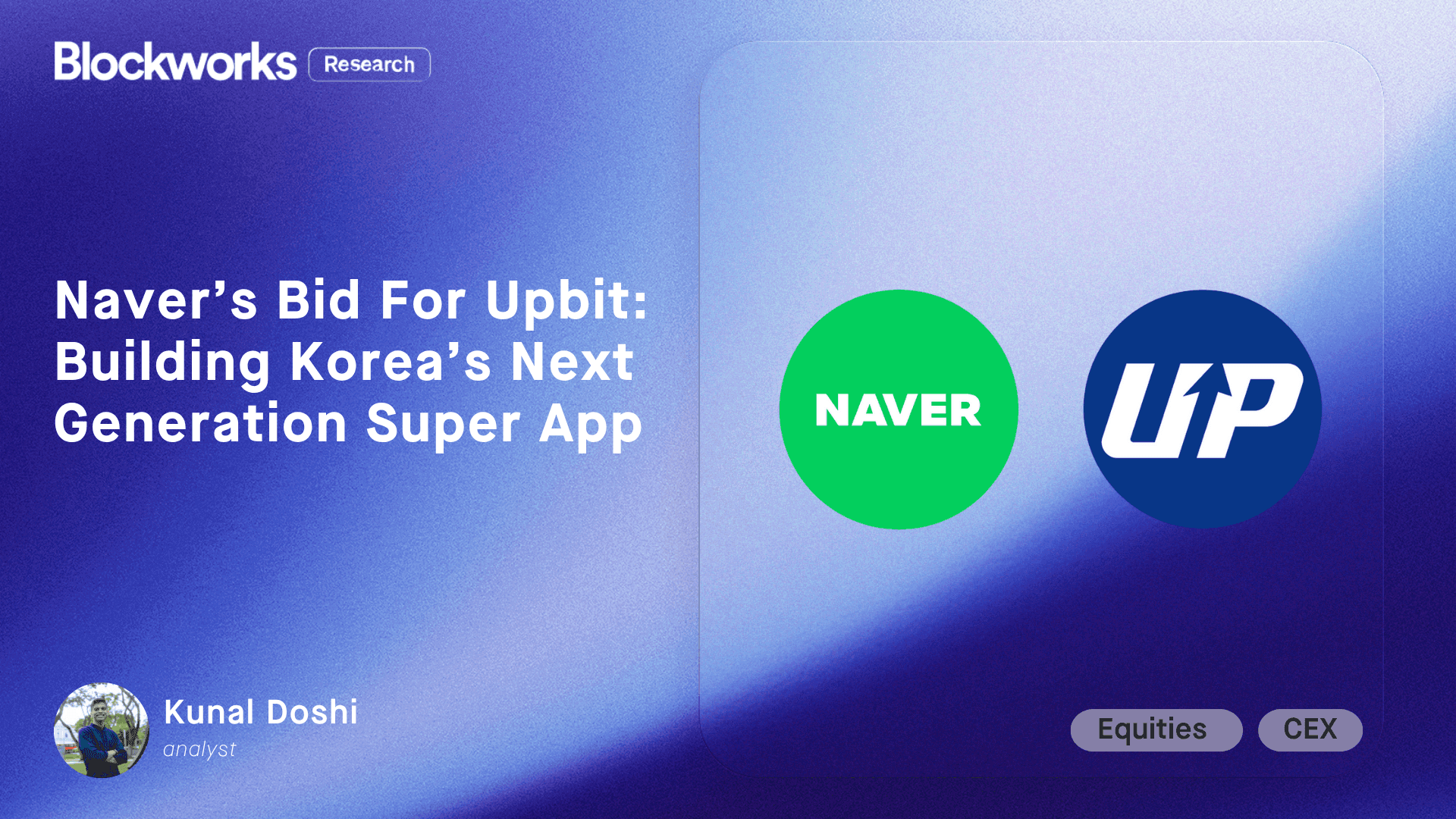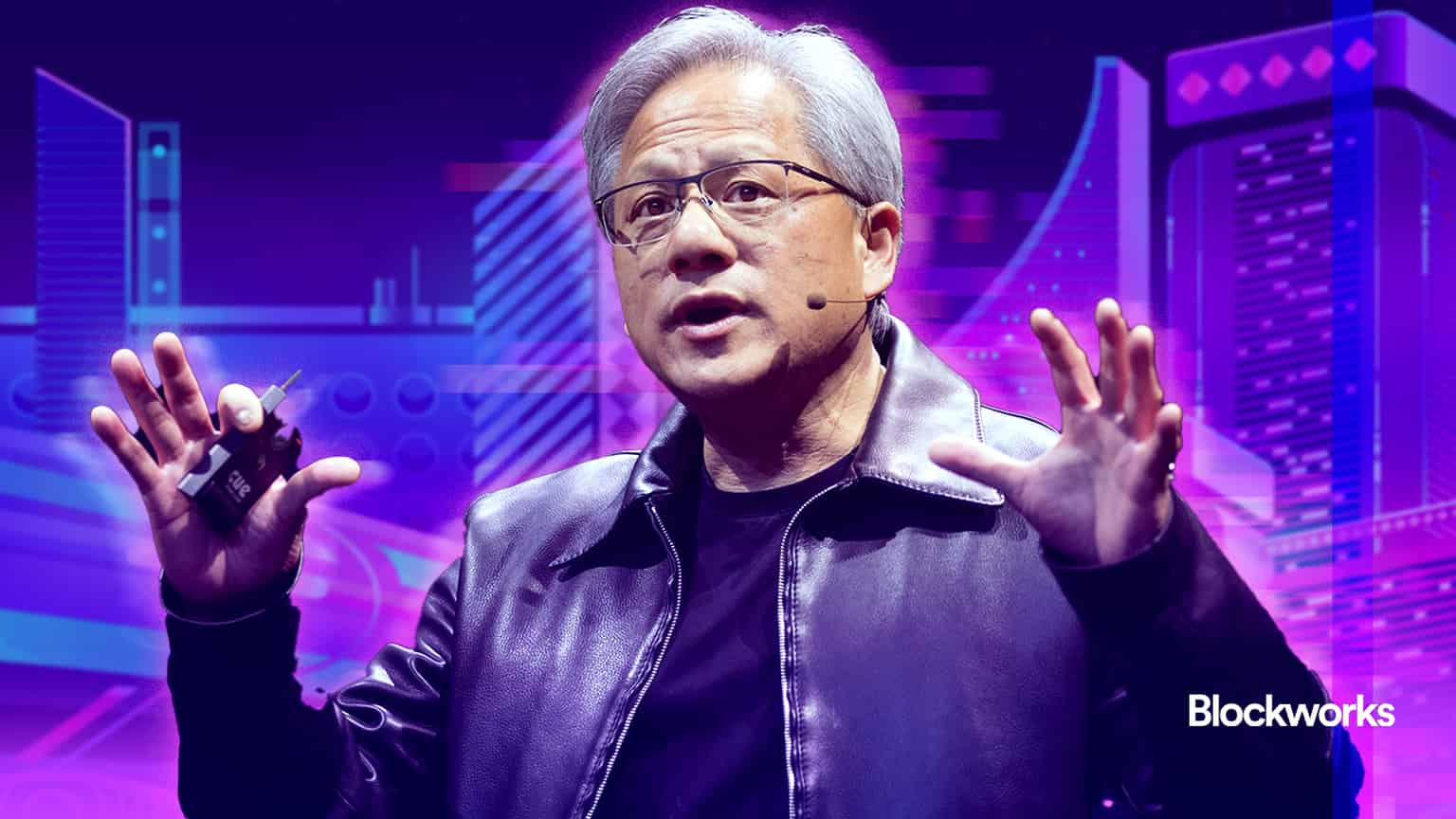The new crypto debate: Monolithic distribution vs. modular tech
Crypto is a business — and it might be winner-takes-most

Artwork by Crystal Le
This is a segment from The Breakdown newsletter. To read full editions, subscribe.
“Which is the bigger number? Five or one?”
— Robert Baratheon, Game of Thrones
Distribution matters in business. Often more than the thing being distributed.
Google, for example, always had the best algorithms for searching the internet, but the now-ubiquitous service didn’t catch on until Larry Page and Sergey Brin figured out how to get it widely distributed.
As recounted in an Acquired podcast released yesterday, Google’s co-founders bet the company by guaranteeing AOL $100 million it didn’t have in exchange for the right to show ads to AOL’s users.
(Yes, I listen to three-hour Acquired podcasts the first day they drop. What of it?)
They also aggressively pursued revenue-sharing agreements, sometimes paying websites more than 100% of the ad revenue they generated (because Page and Brin recognized the long-term value of expanding their distribution).
But Google’s real coup was the “toolbar” that it paid PC makers and software providers to bundle with their products.
This expanded Google’s distribution far beyond the early web-adopters who knew to go straight to the Google.com homepage for the best search algorithm.
This was critical because web search is a bizarro business in which the law of supply and demand is flipped on its head — the more ads Google sold, the more it could charge for them.
This unique dynamic of “increasing returns to scale” (as the Acquired co-hosts call it) made web search a winner-takes-all market.
It also ensured that whoever got the most users first would win that market, however good or bad their tech was.
We might soon learn if the same applies in crypto.
When one is the greatest number
Robinhood does not have the best tech in crypto — not yet, at least.
After announcing its new offering of tokenized stocks yesterday, CEO Vlad Tenev said Robinhood would be issuing the new tokens on Arbitrum, but only “for a short time” while it builds its own blockchain.
It might, however, have the best distribution.
Given its branding, Robinhood’s 25.9 million account holders probably represent the cohort of retail investors most inclined to give new crypto products a try.
In addition to tokenized stocks, Robinhood will be offering perpetual futures and crypto staking.
I’m guessing that Robinhood’s tech in these categories won’t be as good as, say, Hyperliquid’s and Jito’s, respectively.
But much like Google’s early revenue-sharing deals, Robinhood is doubling down on distribution by offering a “2% match” on any crypto that customers deposit.
And Robinhood’s slick, mobile-first UX could play the same role as Google’s search toolbar: a distribution shortcut that brought a complex product to the mainstream.
Unlike search, crypto is probably not a winner-takes-all business because it doesn’t enjoy “increasing returns to scale” — anyone that’s been long altcoins recently will know that the standard laws of supply and demand still apply.
But the standard laws of counting might not.
As Robert Baratheon explains in Game of Thrones, one can be bigger than five in the same way that one clenched fist is more powerful than five waggling fingers.
“One army,” he says, “united behind one leader with one purpose” will defeat five armies with five leaders and five purposes.
Similarly, Robinhood is betting that its unified offering of crypto services will defeat the crypto industry’s ever-growing offering of individual purposes.
Crypto has been arguing about this for a couple of years now: Solana is the clenched fist of monolithic blockchains and Ethereum is the waggling fingers of modular ones.
So far, that ever-heated debate has played out along technical lines: parallel execution, local fee markets, decentralized sequencers and other things I don’t totally understand.
Either approach could work, just as monolithic worked for Apple and modular worked for Microsoft.
And both sides can claim victories this week: Robinhood is building an Ethereum layer-2 blockchain for tokenized stock trading, and tokenized “xStocks” began trading on Solana today.
So we might finally find out which approach to blockchains is faster, cheaper and more secure.
But what if it’s distribution that really matters?
If so, crypto could turn out to be a winner-takes-most kind of business.
Robinhood says its intention is to “make the technical part invisible” and offer “one platform for everything investing,” which sounds like a take-most-of-the-business kind of strategy to me.
Notably, that ambition was announced by a CEO in a white pinstriped suit and silk cravat at a French seaside villa in front of a Robinhood-branded pool and the Mediterranean Sea (not yet branded).
Could anything be further removed from crypto’s cypherpunk roots than that?
But crypto is a business now.
And distribution might make Robinhood its big winner.
Get the news in your inbox. Explore Blockworks newsletters:
- The Breakdown: Decoding crypto and the markets. Daily.
- 0xResearch: Alpha in your inbox. Think like an analyst.






